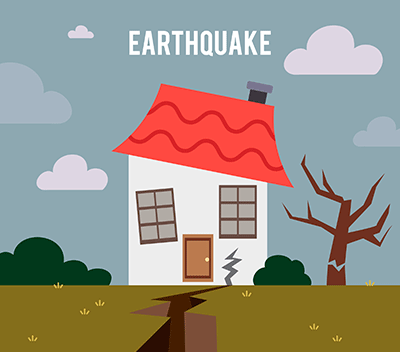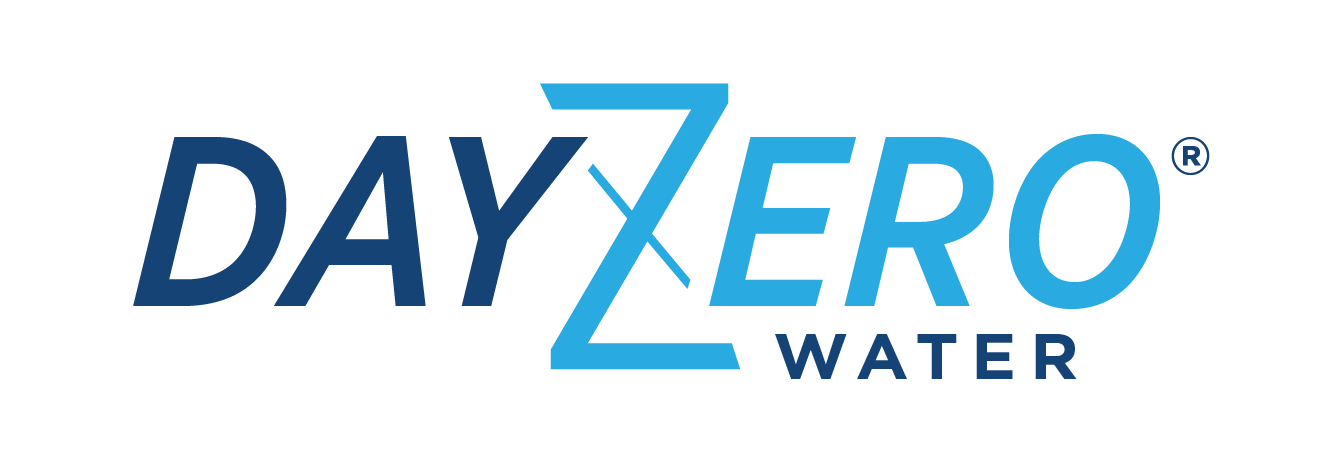Earthquake Preparedness

According to Nature there is about a 1 in 3 chance (or higher) that – when a major earthquake strikes the Pacific Northwest (specifically Portland) in what’s called the Cascadia Subduction Zone within the next 50 years.
When the next major quake happens it threatens to be in the 8-9 point range on the Richter scale. This is important, since the definition of an 8.0 earthquake is one that “Can totally destroy communities near the epicenter”. When you realize that the Richter scale is logarithmic which means a 9 will be 10 times more powerful than an 8 (the one that can totally destroy communities near the epicenter) you begin to appreciate the scale of the problem.
Portland, Oregon has taken, and is taking steps, to prepare for this event. Schools are being retrofitted (or rebuilt). The Burnside Bridge has been designated a lifeline route and is slated for a series of seismic upgrades in the event the other bridges across the Willamette fail. In the neighborhoods the City is establishing Basic Emergency Earthquake Communication Nodes to serve as resource and information points.
On a more personal level, KGW has an excellent article on what to expect in a major earthquake. According to the Red Cross – as quoted in the article – you can expect to be without organized assistance for up to two weeks due to collapsed infrastructure.
In KGW’s article, there is a great list for the contents of an emergency preparedness kit for the earthquake.
- Water: One gallon per person, per day, 2-week supply
- Non-perishable food, 2-week supply
- Flashlight
- Battery-powered or hand-crank radio
- Extra batteries
- First aid kit
- Medications, 1-week supply
- Multi-purpose tool
- Sanitation and personal hygiene items
- Copes of personal documents: medical information, proof of address, deed to home, passports, birth certificates, insurance policies
- Cell phone with portable charger
- Family and emergency contact information
- Extra cash
- Emergency blanket
- Maps of the area
At the top of the list is “Water: One gallon per person, per day, 2-week supply“. For a family of four that’s a lot of water to store and keep fresh. FEMA recommends stored tap water be rotated every six months. Additionally in a large earthquake it’s very conceivable that your water storage will be punctured or inaccessible due to debris.
This is why we think a device like the UV-H2O Box is a critical part of emergency preparedness. It disinfects a gallon of contaminated water in one minute. Which greatly opens up your choices when it comes to available water. It also comes with a hand-cranked generator which means it is not dependent on working electricity.
The method of disinfection (UVC radiation) is a proven technique used by municipal water systems and 99.99+% effective against waterborne pathogens like viruses, bacteria and parasites.
If you have a family or neighborhood plan for the aftermath of a major earthquake or other natural disaster, the UV-H2O-Box is a very important addition.
